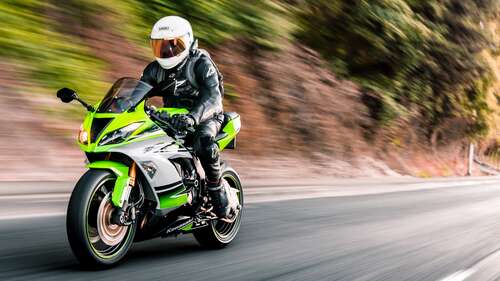
The explosion in popularity of Japanese motorcycles in the 1990s can be attributed to Japanese superbikes such as the Kawasaki Ninja ZX-11 that debuted in 1989. For six years since its introduction, the Ninja ZX-11 held the crown as the fastest-production motorcycle in the market with a top speed of 175 mph, a distinction that also reinforced Kawasaki’s claims as one of the best motorcycle brands in the business. The ZX-11 left its competition in the dust thanks to its liquid-cool 1,052cc in-line four-cylinder engine that has a power output of 145 horsepower and torque that hits around 108.5 Nm.
As the successor to the Kawasaki Tomcat ZX-10, the Ninja ZX-11 certainly took what the Tomcat ZX-10 built and carried it to the next level. While the ZX-12R is often cited as the one that set the table for the truce between Japanese and European motorcycle manufacturers to limit all production superbikes’s top speed, it is the ZX-11 that undeniably started the “Speed War” between East and West.
Looking back at the Kawasaki Ninja ZX-11, it is unquestionably one of the true pioneering superbikes that signaled the new age of liter-class motorcycles. Kawasaki was among the leaders in terms of innovation, cutting-edge design, and technological advancements in the field of sports bikes, whose ripples are still felt to this day.

